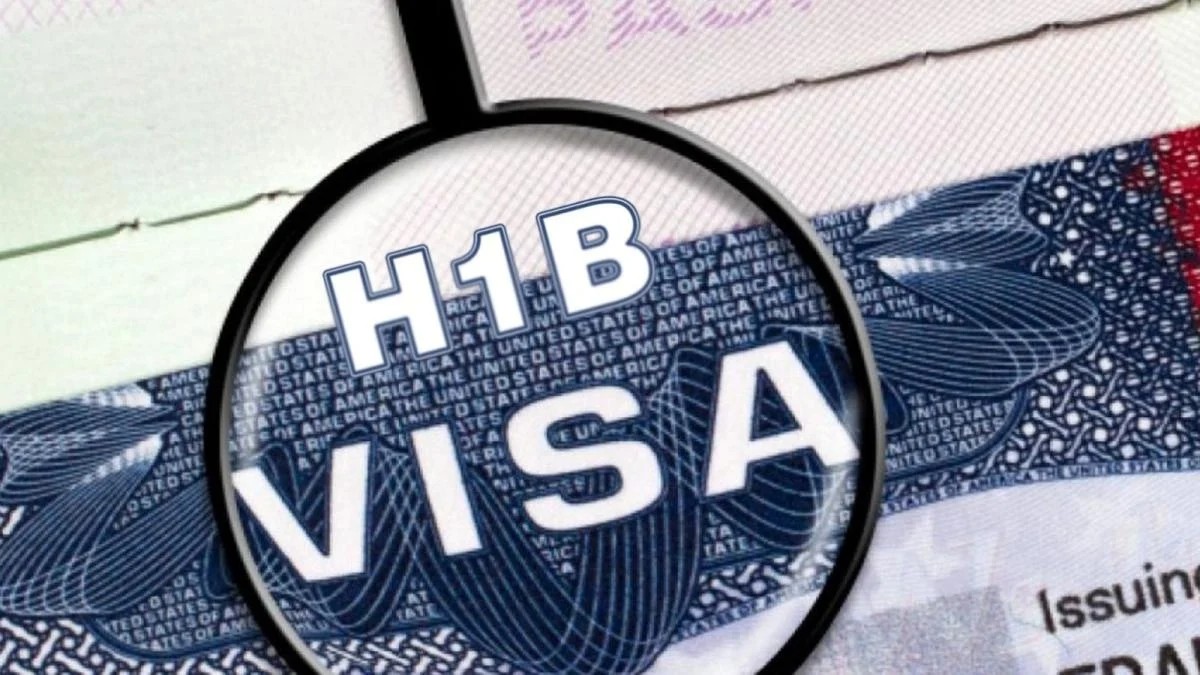When US President Donald Trump’s administration introduced a new fiat making the coveted H-1B visa available to foreigners at a prohibitive cost, it virtually spelled doom for high-tech professionals and scientists from India, as well as a few other countries, who desired it most for high-paying jobs in America. In fact, 70 percent of the visas were obtained by Indian professionals.
There was speculation then that Europe could be an alternative destination, even though rising intolerance towards migrants in many of these countries might dampen job-seekers’ enthusiasm. Japan and China also looked like probable destinations. But what appeared to be a possibility, China seems determined to make it a certainty by officially launching its K Visas for work in the STEM (science, technology, engineering, and mathematics) fields.
When the new visa was first announced in August, it hardly attracted global attention. However, days after Trump’s rush to restrict Indian professionals from getting jobs in the US, the K Visa shot into the limelight. Much of the scope of that visa is still unclear, as it remains hazy whether it will actually allow foreigners to work in China or whether it just grants easier access into the country.
Nonetheless, the announcement has already generated interest in India and triggered adverse reactions from tens of thousands of users on Chinese social media, who have openly criticized the program. Students in China aspiring to careers in STEM fields fear that the benefits extended to foreigners would trigger tough competition in a sluggish job market.
China has traditionally not been a major immigration destination for foreign professionals. Netizens in China have expressed strong concerns, pointing out that the country already has innumerable bachelor’s degree holders, as well as a sizable number of master’s and doctoral degree holders — a domestic talent surplus. In such a situation, they angrily question why authorities are now trying to bring in foreign college graduates and professionals with work experience from the US and Europe.
Many have also questioned whether the authorities would be able to bring in a higher standard of talent by issuing this new visa. To deter foreign job seekers, some have wondered whether foreigners will be able to adapt to life on the mainland, citing language barriers and China’s tightly controlled political system.
What is even more concerning is that many of the comments have included xenophobic and racist implications, specifically targeting Indian nationals. The backlash has been so intense that state media outlets have stepped in to assuage public fears.
The Global Times recently supported the new scheme, calling it an opportunity for the world to see a more open and confident China in its new era. The People’s Daily went even further, issuing a veiled warning to the Chinese public, stating: “Misrepresenting the K Visa will only mislead the public.” Sounding optimistic, it said, “As China steps onto the global stage, it is hungrier for talent than ever before.”
However, many unanswered questions remain for foreign professionals themselves. For example, there is no clarity yet on whether they will find space for creativity and innovation in China, as was offered in the US. Creativity and innovation tend to flourish in an open and liberal climate, as seen in the West, especially in the US and European nations. Given China’s track record, this is unlikely to be the experience there.
Language would certainly be a stumbling block. Many researchers and academics who have left the US for China in recent years are ethnic Chinese and fluent in Mandarin; hence, they did not face language or racism challenges. However, for foreign talent, especially Indians, communication with Chinese colleagues may prove to be a significant hurdle. The Chinese are often described as a cold and non-cooperative group who may simply refuse to engage with foreign immigrants who do not speak their language. This is a concern that both employers and employees will need to address.
The bigger issue is whether foreign science and tech professionals can adapt to China’s tightly controlled political environment. Casual behavior and open talk may not be as easily accepted in China.
Whatever the future may hold, China seems to be enjoying its position as a new global player, taking advantage of Trump’s insular doctrine. Whether China will truly be a benefactor or is deriving sadistic pleasure from India’s plight at the hands of Trump remains a million-dollar question.
https://www.orissapost.com/chinese-h-1b/


